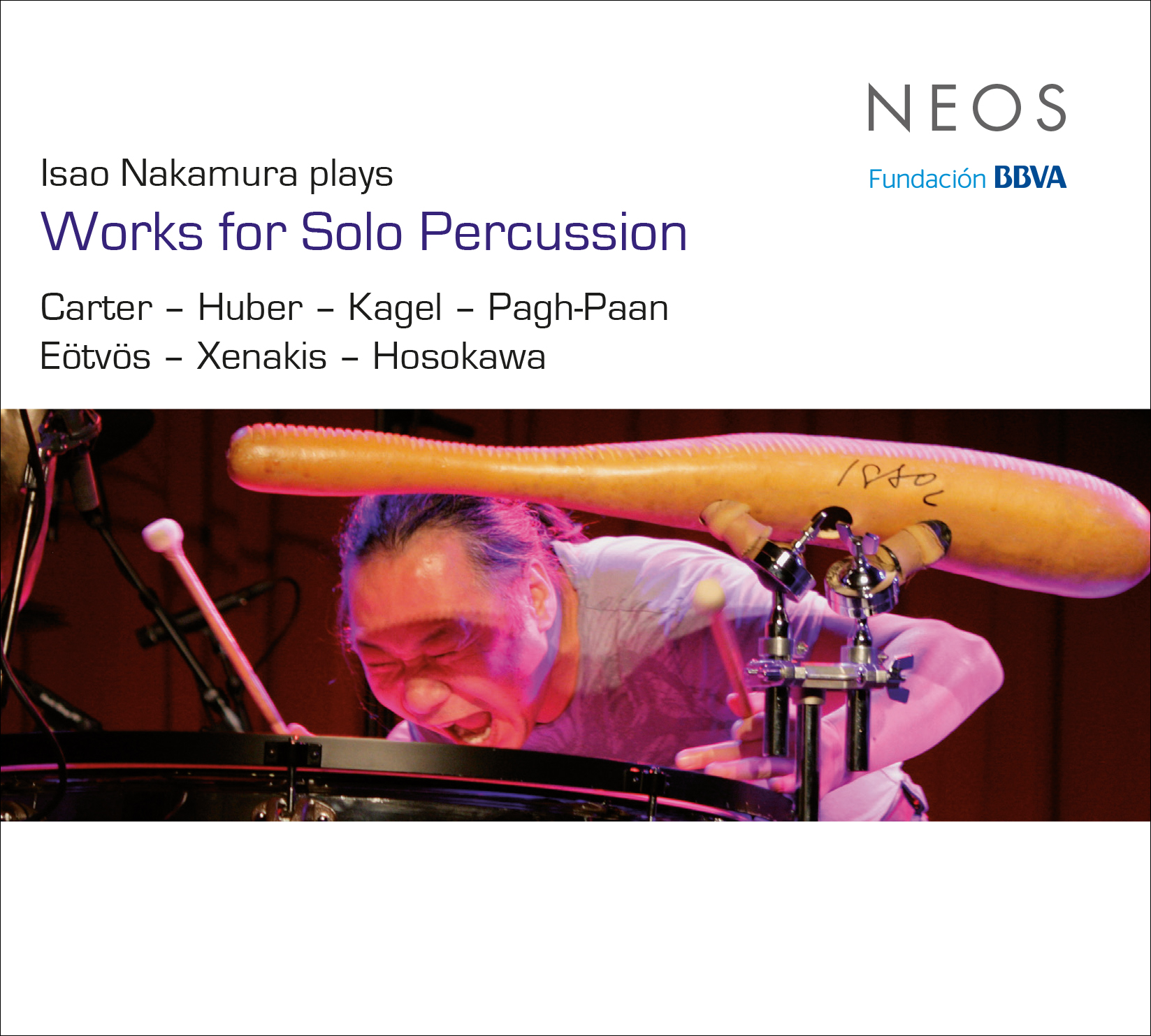Thunder (solo from “Triangel”)
Percussion solo
Description
First performance: 1994 Kyoto, Japan
Isao Nakamura
There are certain instruments – some of which have been present in an orchestral line – up for centuries – which so far have not had a chance to shine in a solo role. One such instrument is the Timpani, or kettle drum. Due to its unique tone, produced by resonance, this instrument is usually employed to provide stability and grounding, as well as suggesting danger in louder passages, and to imply space and distance in other places.
There are several reasons for this under-utilisation as a solo instrument. One of them is mechanical – early timpani were only able to play at a single pitch and although transposition was possible it was relatively complicated and took too long. The 1870s saw the evolution of the pedal timpani, which allowed the player to change pitches faster and more accurately, to within an octave.
THUNDER FOR ONE BASS TIMPANI was composed to exploit the potential of the pedal timpani. The title describes the piece thoroughly. Whilst in a symphony orchestra there can be anything from two to ten kettle drums, what is special about this piece is that just one instrument is used, and at last the Timpani has a chance to feature as a solo instrument!
Thunder is dedicated to Isao Nakamura.
/Peter Eötvös – 1995/
Performances
Eötvös: Thunder
Festival de Musique de Chambre de Giverny
Musée des impressionnismes de Giverny
Eötvös: Now, Miss! for violin and violoncello, Psy, désaccord 2, Dances of the brush-footed butterfly, a Call, Cadenza, Thunder, Joyce for clarinet solo
Santander Music Festival
Participants of the Santander Music Festival
Eötvös: Now, Miss! für violine und Violoncello, Hommage a Domenico Scarlatti, Psy, Dances of the Brush-Footed Butterfly, a Call, Para Paloma, Thunder, Cadenza, Levitation, Kosmos
Festspielhaus Hellerau
Soloist of Sachsischen Staatskapelle Dresden
Thunder for one bass timpani
Isao Nakamura
Born Creative Festival
Venue: Metropolitan Theatre
Eötvös: Thunder
Isao Nakamura
Eötvös: New Psalm, Thunder
New Psalm - solo percussion
Thunder - solo percussion
Martin Grubinger
Eötvös: Erdenklavier - Himmelklavier No 2., Thunder, Psy
die reihe Ensemble
conductor: Gottfried Rabl
Wiener Konzerthaus, Berio-Saal
Eötvös: Thunder
Thierry Miroglio
Eötvös: Derwishtanz, Zwei promenaden, Thunder
Lyon Biennale
TNP, Villeurbanne
Eötvös: Natasha, Thunder, Erdenklavier-Himmelklavier, Two poems to Polly
Ensemble Aleph
Eötvös: Thunder
Isao Nakamura
Eötvös: Thunder
Isao Nakamura
Eötvös: Psalm 151, Thunder
Eötvös: Psalm 151, Thunder
Ens. Modern
Conductor: Peter Eötvös
Eötvös: Psalm 151, Thunder
Seminar for Conductors and composers
July 27-Aug 5
Stockhausen: Mixtur
Eötvös: Psalm 151
Eötvös: Thurnder
Ensemble Modern
Cond: Peter Eötvös
Eötvös: Thunder
First performance
Isao Nakamura
Details
Publisher information
Edition Ricordi München (Sy 3425)
https://www.ricordi.com/en-US/Catalogue.aspx/details/441594
Orchestration

one basstimpani
Further information
Manche Instrumente – die seit Jahrhunderten im Orchester brav dienen – haben wenig Chance solistisch aufzutreten. Dazu gehört auch die Pauke. Wegen der magischen Klang des Kesselresonanzes war dieses Instrument immer ein Ausdruck für Betonung, Stabilität, Gefahr, aber auch für Raum und Entfernung. Aus mechanischen Gründen konnte man früher auf die Pauke nur eine Tonhöhe erzeugen, die Umstimmung war möglich, aber relativ aufwendig und zu langsam. Erst seit etwa 120 Jahren ist die Pedalpauke entwickelt worden, worauf die Tonhöhen im Oktavumfang stufenlos schnell veränderbar sind. Auf diese Eigenschaft der Pauke ist die Komposition Thunder for one basstimpani geschrieben. Der Titel sagt alles. Obwohl in Orchester auf zwei bis zehn Pauken gespielt werden, die Spezialität dieses Stückes liegt eben darin, daß hier nur auf eine einzige Pedalpauke gespielt wird.
Thunder ist Isao Nakamura gewidmet.
/Peter Eötvös – 1995/
